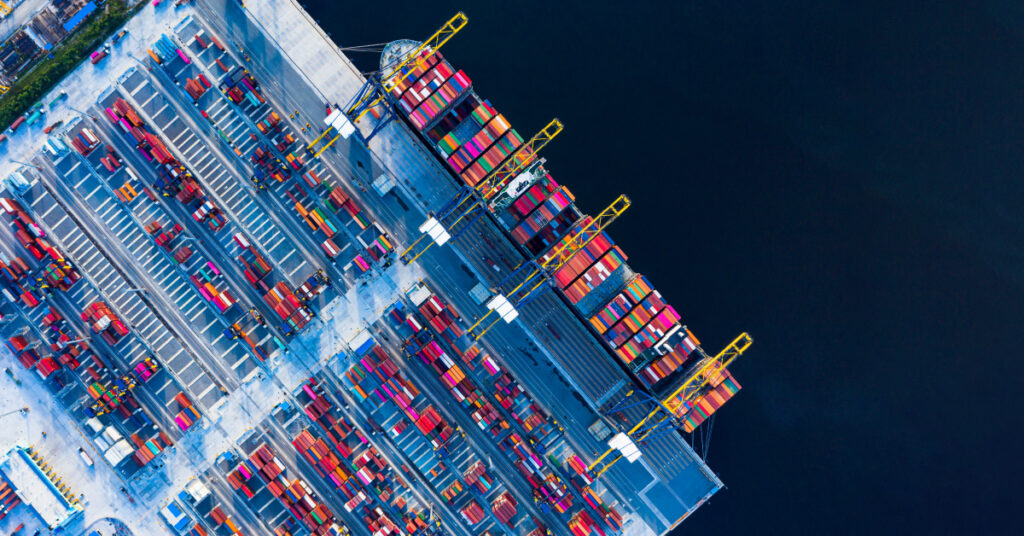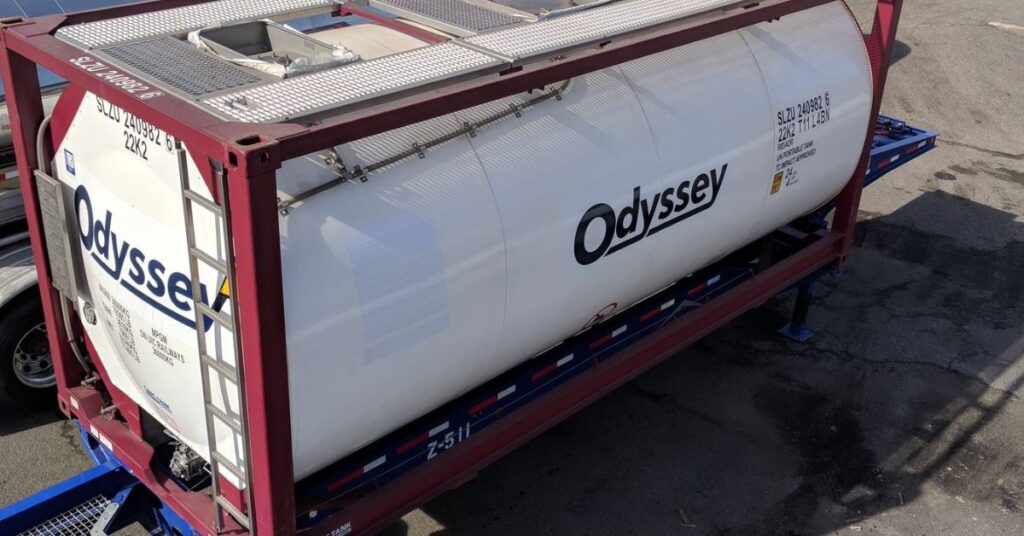Here are some transportation, freight and logistics strategies to help finish 2022 stronger and prepare for success in 2023.
The last couple of years have been tough for shippers as they’ve navigated ongoing pandemic impacts, a labor shortage, rising transportation costs, capacity constraints and persistent supply chain challenges. These issues followed companies right into 2022 and were then exacerbated by countless other external factors.
The good news is that there’s still time to end 2022 on a positive note and enter the new year in a strong, fortified position—ready to tackle both existing and emerging transportation, freight and logistics challenges.
Here are five moves you can make now to finish the year strong:
- Work with a multimodal partner with experience and a wide network of transportation options. The days of sticking with single modes, carriers and routes to get products from origin to destination are long gone. Shippers are using more creative means to optimize their supply chain. With vast expertise across multiple different options and combinations, multimodal logistics partners are good at effectively finding capacity when and where it makes the most economic sense. They use a selection of different carriers and modes to move freight, and then they pass those efficiencies down to shippers who ultimately benefit from having a wider range of choices. If you’re not already working with a multimodal partner, now is a great time to start.
- Use advanced technology to your advantage. If you’re still trying to run your shipping operation on aging, legacy, on-premises software solutions, it’s time for an upgrade. The cloud has made modern capabilities and functionalities more ubiquitous than ever, and transportation management systems (TMS) now come with features that allow you to manage your end-to-end supply chain. For example, Odyssey’s Shiprite on Demand (SROD) provides simplicity, speed and a trusted carrier network, and our step–by–step technology provides our customers with an efficient and cost-effective alternative to support their requirements, even with the most complicated shipping needs. The platform provides instant quotes, handles the bill of lading booking process, dispatch shipments and provides 24/7 tracking access from pickup to delivery.
- Plan for more backlogs, supply shortages and port congestion, but work to avoid the bullwhip effect. Global Trade Magazine expects “backlogs from supply shortages and congested ports” to continue in 2023. “In October 2021, 45% of surveyed economists believed supply chain bottlenecks would mostly recede by mid-2022, with another 40% believing it would happen earlier,” the publication states. “Seeing how these issues have yet to resolve in many areas, it’s safe to assume they’ll persist for a while. Supply chain managers must plan around continued backlogs.” Shippers should avoid over-ordering to compensate for these backlogs, Global Trade Magazine cautions. “Caving to demand too quickly could worsen the situation, continuing the bullwhip effect. Instead, supply chains should focus on slow, long-term recovery, restructuring to prevent similar shortages in the future.”
- Stay up to date on logistics, freight and shipping trends. By staying up to date on what’s going on in the marketplace—whether good, bad or indifferent—shippers can ready themselves to take on challenges and also leverage new opportunities. Start by checking out Odyssey’s Monthly Market Update. It provides a concise overview of current trucking capacity, import/export, GDP, and trucking rate trends. The monthly update also gives you actionable strategies (e.g., how to become a “shipper of choice” for your carriers) that you can use to end 2022 well and start planning for success in 2023.
- Address the current disruptions and prepare for the emerging issues. Hurricane Ian, ongoing geopolitical issues (e.g., the war in Ukraine, Brexit, etc.), the chip shortage and ongoing labor constraints and negotiations have all impacted the transportation environment in 2022. As you continue to address these current problems, you should also be scenario- and contingency-planning, knowing that there’s likely more disruption coming around the next corner. You’ll want to factor potential disruptions into your year-end planning and keep them top-of-mind as you map out your transportation and logistics strategy for 2023.








